And how businesses can accept BYO containers
For consumers: How to BYO
The first time you request food in your own container at a business, you may feel like a bit of a rebel, shady character or, perhaps, normal person. You will have, in fact, exhibited once-normal behavior—society simply needs to catch up and normalize it again.
If you feel a bit confused about how exactly to go about bringing your own containers for takeout or groceries, the following guidelines should help. Please don’t let the long detailed instructions put you off from trying this. The short version of these instructions goes as follows: bring your container and politely make your subversive request.
Typical contenders for BYO containers include:
- Cafés
- Restaurants
- Bakeries
- Bulk bins
- Refill shops
- Delis
- Meat counters
- Fishmongers
- Farmers’ markets
Cafés
Your local café may fulfill your order in one of two ways.
- After you hand a staff member your cup or thermos, they will fill it with your beverage and hand it back to you.
- Place your cup or thermos on a tray. The staff member fills it without touching it. You remove the drink from the tray and go on your merry way.
In some cafés, when you make your request—“Please put my drink here”—your barista may tell you they will put your drink into a throwaway cup, which you would then transfer to your cup or thermos. Well, that wastes more resources than a throwaway cup alone—you now have to waste water washing your thermos. Remain calm and explain the purpose of bringing your own cup. The hardworking staff does not make the rules. Or ask to speak to the manager. If enough of us do this, things will change.
Restaurants
Typically, restaurants don’t want customers placing orders in advance online or over the phone as they have nothing to pack the food into after they have cooked it. So, place your order in person. Depending on how the restaurant operates, a staff member will:
- Fill your containers directly after you hand them over.
- Slide a tray toward you which contains your plated order and some utensils. You will then scrape or scoop the food from the dishes into your containers.
If you’re not sure how a restaurant deals with BYO, ask. One business on the Silicon Valley Reduces list, Christine’s Cookie Co. in San Jose, does require customers to order in advance for BYO.
Dining in
Even if you dine in at a café or restaurant, please support those businesses that allow BYO for takeout and let them know you appreciate their efforts. They could stick to disposable, single-use everything—which saves time—but want to reduce their impact on the environment.
When you dine in, you may have leftovers due to obscene American portion sizes. Reduce both food waste and packaging waste by refusing the restaurant’s single-use, disposable, take-home containers and bring your own reusables with you. Fill your containers with any leftovers on the table. Tomorrow’s lunch is packed and ready to go! You do not need the staff’s permission or help with this.
Bakeries
Metal tins and glass containers work well in bakeries. Depending on what you buy, you may want to bring a glass jar (I’m thinking Mexican wedding cookies in a large glass jar filled to the brim). A cloth produce bag works well not only for loose bread but also for bagels, buns, croissants and so on.
Bulk bins and refill shops
Take your containers to customer service or a cashier, depending on how the store deals with BYO containers. Staff will weigh the container and mark the weight on it—the tare. Be sure to do this! Because you pay for your bulk items by weight (generally), you don’t want to add the weight of the jar to the price of your item.
Some bulk and refill shops set out scales around their stores to enable customers to weigh their containers and mark the tares themselves with supplied stickers and pens.
Jars
Jars work well for everything, but especially for:
- Liquids: olive oil, honey, maple syrup, dish soap, castille soap, shampoo, conditioner and so forth.
- Staples with a fine texture: flour, sugar, ground spices, cocoa, baking soda, baking powder, salt and so on.
Produce bags
Store-bought produce bags usually have the small tare imprinted on them. If you make your own produce bags, you could embroider the tare onto them. First, you’ll need to calculate the tare weight.
- If you have set your scale to ounces, weigh the produce bag and divide the weight by 16 to calculate the tare.
- If you have set your scale to grams, weigh the produce bag and divide the weight by 454.
You could also take your produce bag to customer service and ask them to measure the tare weight. Back at home, mark the tare permanently on the bag.
Cloth produce bags work in almost any store and you won’t have to worry about the tare nearly as much. For example, my homemade produce bags weigh about 33 grams—a tare of .07. A large jar can weigh 454 grams—a tare of 1.0. The odd store will take off a nickel for each bag you use.
Fill cloth produce bags with bulkier bulk items, such as beans, lentils, oats, rice, wheat berries, rice, nuts, seeds, popcorn, chocolate chips…
Delis, meat and fish counters
Bring your metal or glass containers or glass jars to the counter. I do have a large Tupperware container from the before times (before I purged plastic) and I’m not about to throw it out. So I sometimes use that as my BYO container.
The staff will place your container on the scale and zero out the weight, then fill it with however many pounds of cheese or potato salad you requested. Depending on which deli you patronize, the staff may place a sheet of parchment on the scale, weigh your cheese on that and then either place it in your container or have you place it in your container. Some will use a sheet of plastic. Yes, it’s a waste but much less waste than if you bought your food the standard way—in lots of packaging.
Farmers’ markets
If the prepared food vendors allow BYO, bring your own utensils to eat with. You can roll them up in a cloth napkin or make one of these handy utensil rolls. For ordering food in your own containers, see the restaurant section above.
To buy farmers’ market produce, simply fill reusable cloth produce bags with your fruit and vegetables. Protect delicate produce, such as strawberries, by transferring the berries from their plastic or paper boxes to jars or containers you bring with you, then hand the baskets back to the vendor. Jars keep your berries intact and prevent you from inadvertently making jam on the way home. Produce bags don’t afford this same level of protection—but they can work well if you’re careful.
Some vendors sell items in bulk, such as nuts or dried fruit. Have them tare your jars for you before you fill them up or use produce bags.
For businesses: How to allow BYO

Why allow BYO?
Safe and legal
Allowing customers to bring their own containers to fill with food is safe and in California, legal.
Saves money
With food packaging costs skyrocketing, you’ll save money on disposable containers. These typical to-go containers cost 25 cents each. That really adds up!
Healthier
Not only does plastic shed microplastics that we consume, it also contains toxins that can leach into food, especially hot food. Food stored in glass or metal containers does not contain these contaminants.
Attracts environmentally conscious customers
Customers who want to BYO usually do so because they want to reduce the amount of plastic pollution entering the environment—and they tend to be a passionate and loyal bunch!
Part of the solution
Plastic pollutes the environment all along it’s lifecycle, from extraction of the planet-heating fossil fuels that produce it, the shipping and refining of those raw materials, to the manufacture of plastic and its disposal—often in landfill, an incinerator or our landscapes and oceans, where it decimates wildlife. We all can play a role in stopping this unnecessary destruction.
Train your staff
Cover the following:
Why you will allow BYO containers
You may want to save money, cater to customers’ requests, reduce plastic pollution or all of the above!
How to tare jars
For bulk stores and refill shops, develop step-by-step instructions for marking the tares (the weights) on jars and deducting that tare from the weight of the jar plus its contents. This way the customer pays only for the contents of the jar. Print these instructions and post them at each cash register and, if you have one, at the customer service counter.
How to fill BYO cups and thermoses with beverages
You may decide to set up a designated area to handle BYO orders (but it’s not necessary). To fill orders, choose one of the following methods:
- After the customer hands the staff member a cup or thermos, the staff member fills the container with a beverage.
- The customer places a cup or thermos on a tray, the staff member fills the cup or thermos without coming into contact with it and the customer removes the drink from the tray.
How to fill takeout orders in BYO containers
Again, you may want to set up a designated area to handle BYO containers. Typically, restaurants that allow BYO will fill orders in one of the following ways:
- Fill the customer’s containers directly.
- Slide a tray to the customer which contains their plated order and utensils. The customer then transfers the food to their containers. Using this method, the employees do not touch the customer’s takeout containers.
How to zero out scales
At deli, cheese, meat and fish counters, develop step-by-step instructions for filling BYO containers. Typically, stores follow one of two methods:
- A staff member sets the scale to zero they place a customer’s container on it. They then fill the container with the customer’s order and print off a sticker that shows the price.
- A staff member places a sheet of parchment or plastic on the scale, places the order on top of it, picks it up and places the minimal packaging and food in the container. This does waste single-use materials but it wastes much less material than typical deli, meat or fish counter packaging.
Want to allow BYO containers in your Silicon Valley business? Join Silicon Valley Reduces
We need all hands on deck. Your help in addressing the plastic waste crisis makes a difference!
We’ll give you one or our BYO stickers to display at your door to let customers know you allow them to bring their own containers when they order or shop. We’ll add you to our list of participating businesses on our website and promote your waste-reduction efforts on our social media platforms.
Please let us know if you have stipulations you’d like us to add to our website—BYO allowed for drinks only, no phone orders for BYO, contactless fulfillment only and so on. Email us here to join our free program. And go here to see which businesses have already joined.
During the pandemic, takeout has increased in the US by 78 percent according to Upstream. Single-use trash accompanied almost all of those takeout orders. We need policies to stop this. Grassroots efforts and citizens demanding change will bring about those policies faster. All approaches are necessary and welcome.


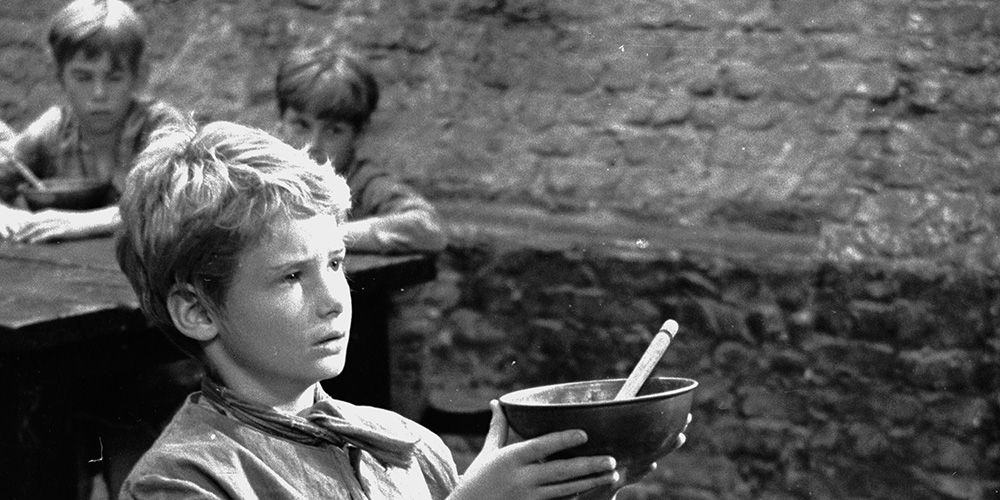
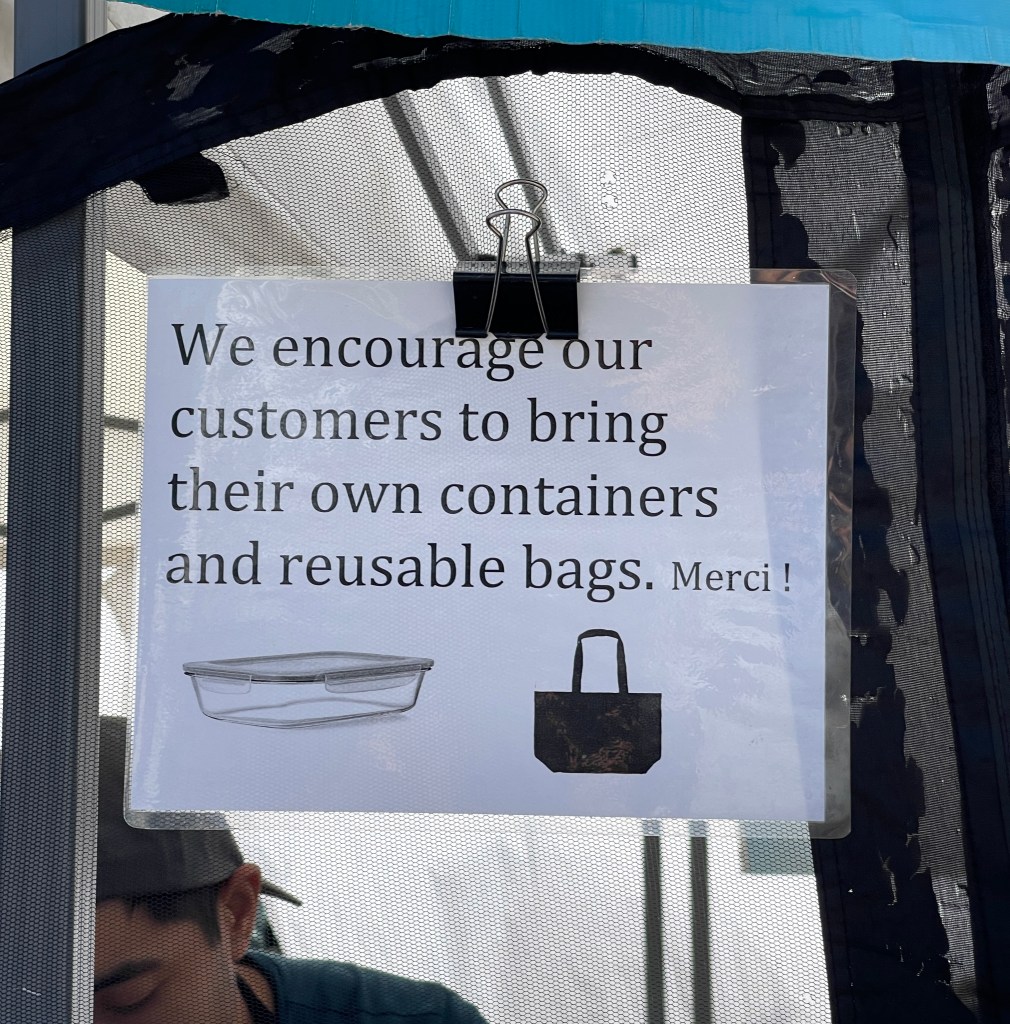

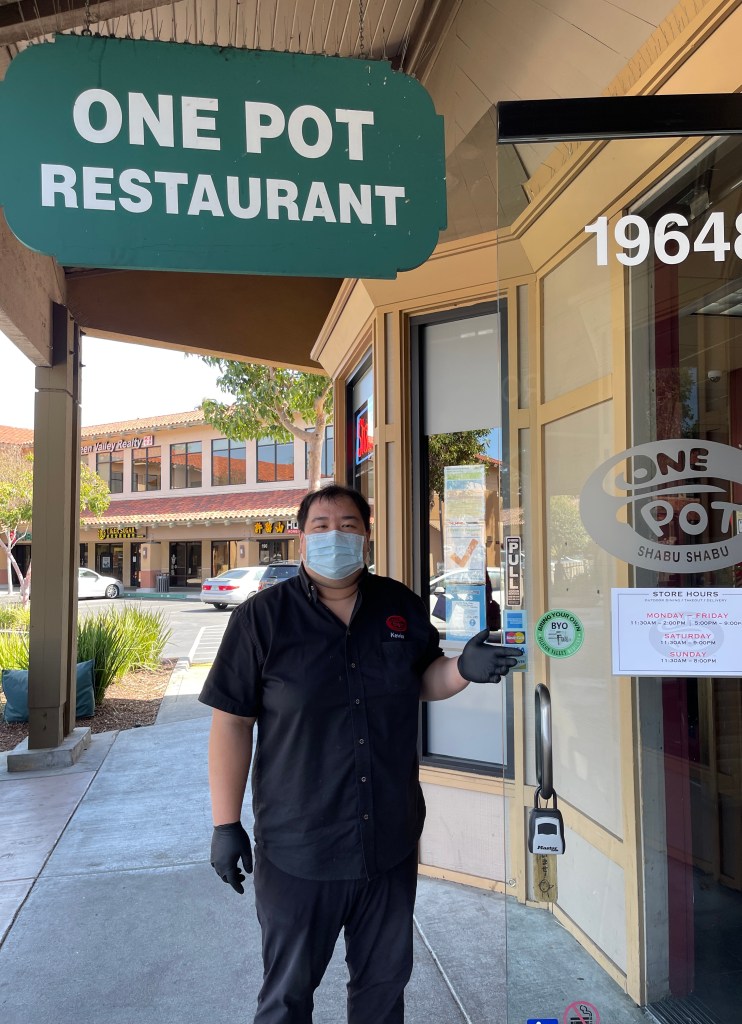

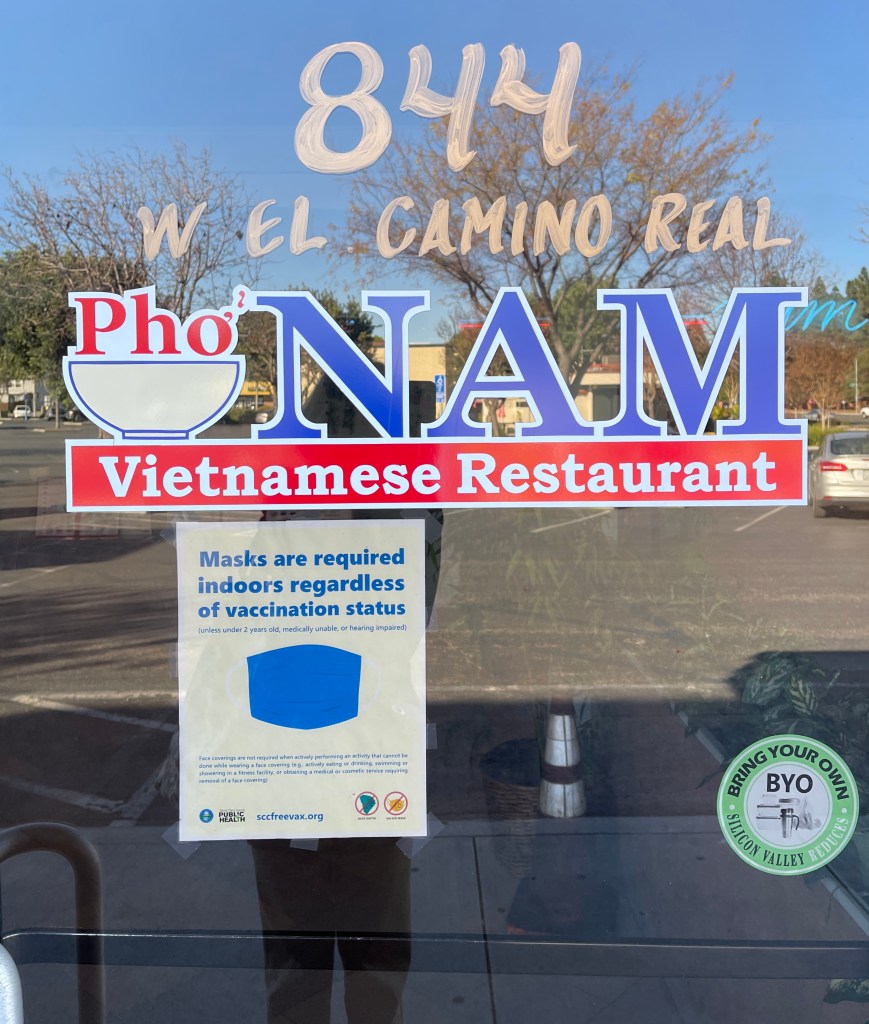
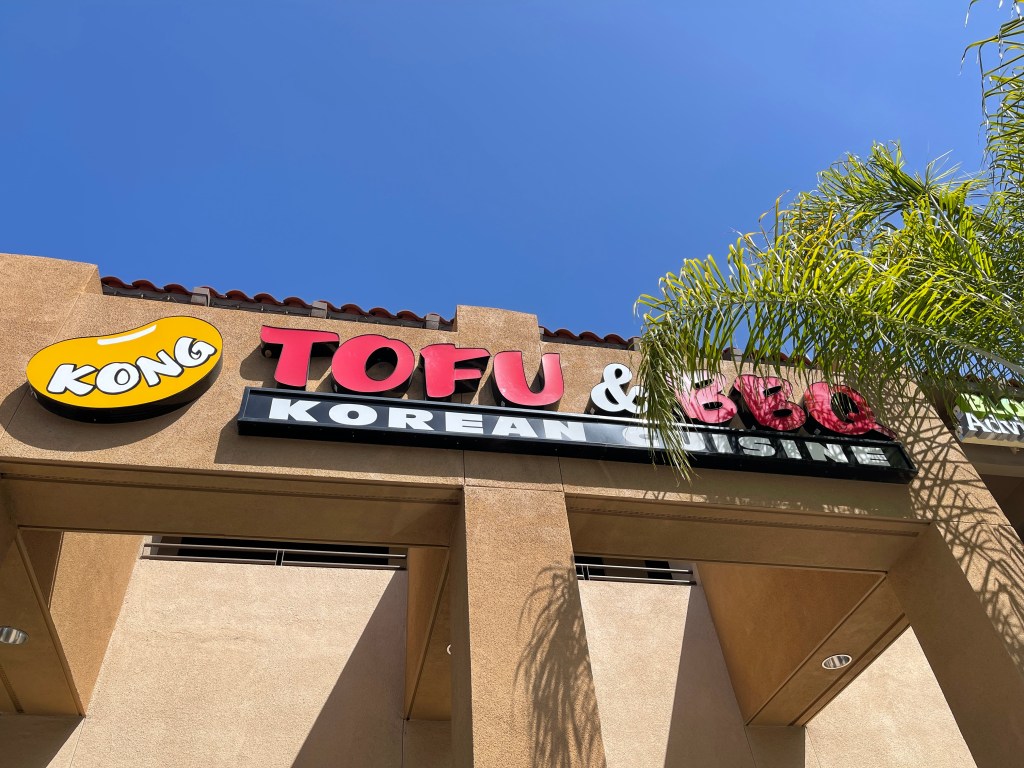


I love that you included instructions for busy business owners as well as customers!
Thank you! A few small businesses owners I’ve spoken with have said they need to train their staff so I thought I should write up some ideas. They are very busy and it’s easier for them to stick with the status quo. So bravo to those who allow this.
This is a really helpful post with every base covered inc small business owners…Thank you 🙂
Thank you very much Carol!
that jar bag is great!
did you make it?
No I didn’t but I do have the pattern for it. The bag was a Mother’s Day gift a few years ago. It came from A Tiny Forest: https://www.etsy.com/shop/atinyforest It looks like you can only buy patterns at the moment. One day I will make one!
thank you! i have inserts from liquor store boxes that i stuck inside a few totes, but i definitely think i’m going to try my hand at this pattern 🙂
Oh wonderful! Enjoy!